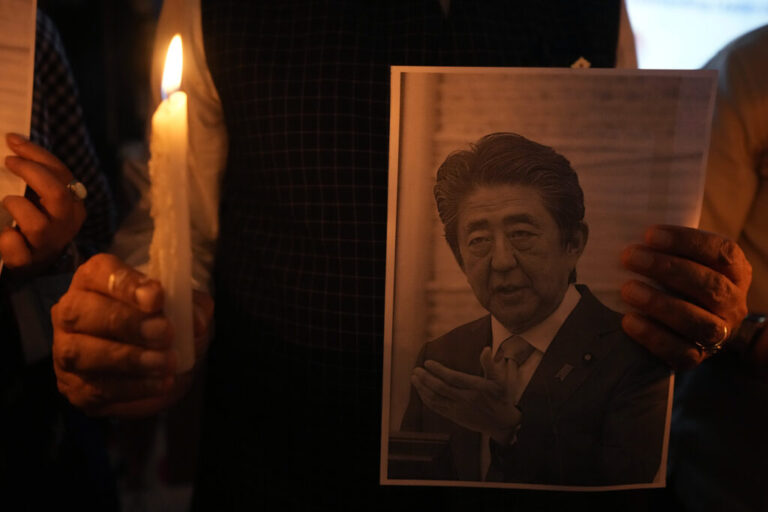
If you listened to Western news organisations after the grisly killing of former Prime Minister, Shinzo Abe, Japan’s pre-eminent politician of the last 50 years, one would be forgiven for thinking that politics in Japan was a lacuna of political calm. The BBC reported that Japan ‘is a country not used to dealing with political violence’ while CNN interviewed the Japan director of the International Security Industrial Council who intoned that Abe assassination was ‘not only rare but it’s culturally unfathomable.’ What absolute tosh!
Since the Meiji Restoration, a revolution that overthrew the 250-year rule of the Tokugawa Shogunate in the mid-19th Century, nine Japanese prime ministers, chief ministers and former prime ministers have been assassinated. This compares with the assassination of four US presidents over the same period. So much for the trope that American politics is more violent because US gun ownership per 100 people is 500 times greater than in Japan.
When guns were needed, they could easily be procured. In the 1930s young navy and army officers, inspired by a toxic mix of fascist ideologies and a pseudo-Bushido (Samurai) code, indulged in a spate of assassinations which fatally destabilised Japan’s democratic constitution. On 15 May 1932, naval officers went to Prime Minister Inukai Tsuyoshi’s house and politely removed their shoes before shooting him. Their other target that night, Charlie Chaplin, who was staying with Inukai, was fortunate to have gone out to watch a sumo wresting tournament.
A knife or sword can be just as effective as a gun. In the Meiji period two Japanese leaders were cut down by Samurai swordsmen at Sakurada Gate outside Edo Castle, the residence of the emperor. Swords have even been used in the post-war period. In 1960 Socialist leader, Inejiro Asanuma was run through with a wakizashi, a short sword worn by Samurai, while he was engaged in a televised debate. Historically assassination was so normal that Nijo Castle in Kyoto, home to the first Tokugawa Shogun, was built with ‘nightingale floors’ that squeaked noisily when trod on – a sort of early burglar alarm system.
There has never been any moral repugnance to assassination or ambush in Japanese culture. Indeed, the famous 47 Ronin saga, in which revengeful Samurai assassinate a powerful court figure and then commit seppuku, ritual suicide by self-disembowelment, is celebrated. Similarly, no moral codes were broken when Japanese forces launched sneak attacks, prior to the declaration of war, on Russia’s Port Arthur in 1904 and on the US pacific base at Pearl Harbor in 1941. Historically, assassination, ambushes and sneak attacks have been accepted and sometimes applauded as a means of solving political impasse.
Abe and his generation are children of this bloody tradition. Indeed, Abe’s maternal grandfather, Nobusuke Kishi, was the ultra-nationalist mastermind behind the industrial militarisation of Manchuria and the enslavement of millions of Chinese. As a class A war criminal, Kishi was lucky to escape prosecution and then go on to become Prime Minister. He was also more fortunate than his grandson in surviving an attack by a knife wielding assassin.
When we look at the assassination of former prime minister Shinzo Abe therefore, we should not be deluded into thinking that his assassination was an aberration. Violent political confrontation is not unusual in Japan. It may come as a surprise to westerners that Japan’s House of Representatives is often brought to a halt by mass brawls. Japanese people are not always the polite, bowing caricatures depicted on television. Japan is a country that cannot escape the fact that its political culture since the Meiji Restoration has been drenched in blood.